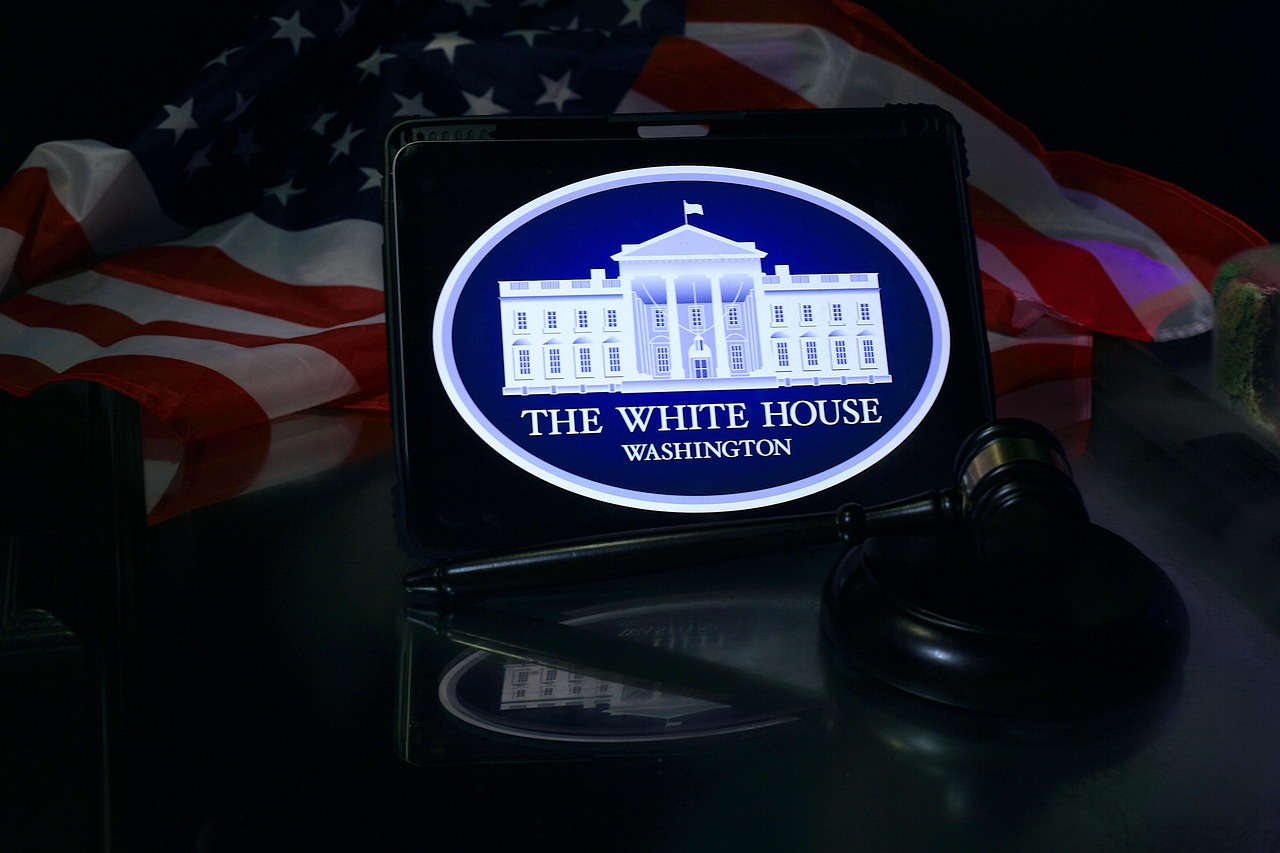To the sound of crashing concrete and screeching metal, President Donald Trump is forging ahead with the most radical alteration to the White House since the Truman Balcony was added in the 1940s, gleefully defending the $250 million demolition of the historic East Wing to build a sprawling, 90,000-square-foot ballroom.
As bulldozers tore into the building on Tuesday, Trump told Republican senators the construction noise was “music to my ears” and a sound that “reminds me of money.” The comment, delivered amidst mounting bipartisan criticism, frames the project not as a preservation effort but as a personal, opulent vanity project that is physically reshaping a national symbol.
The White House has aggressively pushed back against what it calls “unhinged leftists” and their “fake outrage,” branding the ballroom a “visionary” and “necessary addition” that is privately funded. However, the administration’s bullish stance has collided with fierce opposition from leading historic preservation groups.

In a letter to White House officials, the head of the National Trust for Historic Preservation expressed “deep concern,” warning that the new ballroom’s massive scale would “overwhelm the White House itself” and “permanently disrupt” its carefully balanced classical design. The Society of Architectural Historians echoed these “great concerns,” with both groups demanding an immediate pause and a public review process—a step the Trump administration has pointedly skipped.
Why It Matters
Trump’s ballroom is a strong metaphor for his presidency. The gleeful demolition of a historic wing, the dismissal of expert oversight, and the celebration of private wealth funding a public landmark encapsulate a governing philosophy that prioritizes personal whim over institutional norms (National Capital Planning Commission [NCPC]) and historical legacy.
The claim that this is a “people’s ballroom” funded by private donors rings hollow when the people, through their leading preservation societies, are begging for it to stop. By bypassing standard review and mocking his critics, Trump isn’t just building a new room, he is also cementing a legacy that the rules do not apply to him, and that no institution, not even the White House itself, is too sacred to be remade in his own image.

















